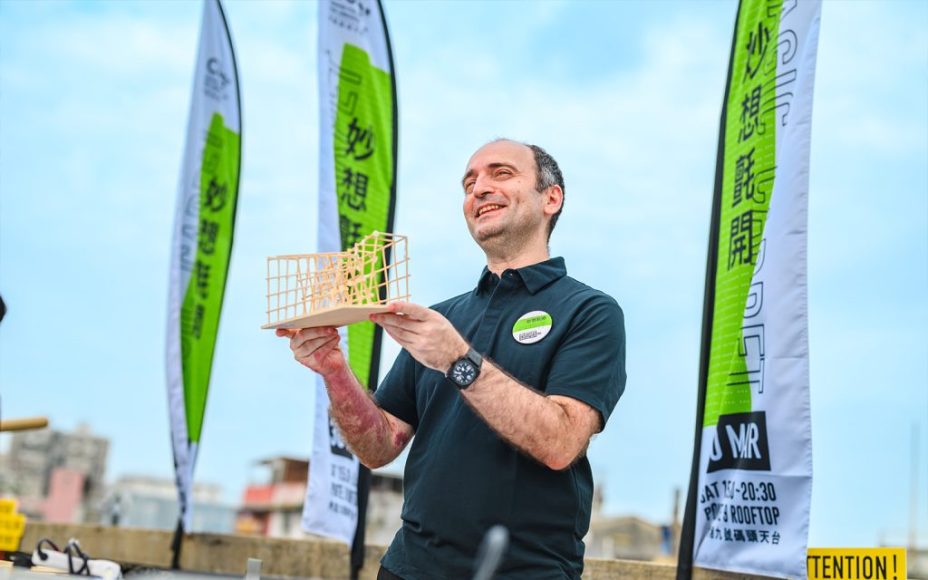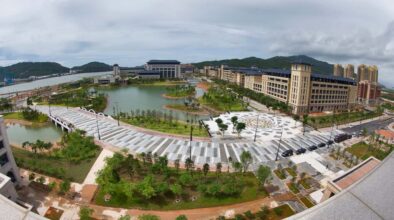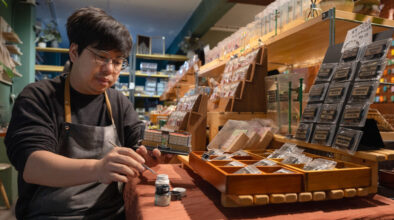A passionate architect with a love for Macao, Professor Nuno Soares has made remarkable contributions to the city’s urban landscape while fostering a sense of belonging among residents. Since 2014, most of his efforts have been realised through the Centre for Architecture and Urbanism (better known as CURB), a non-governmental organisation established by Soares. He’s been living here for far longer, however. The Portuguese national fell in love with Macao for its unique cultural blend back in 1997, during his first visit, and decided to make it his permanent base in 2003 – relocating from Lisbon.
In addition to his work with CURB, the father of two heads the University of Saint Joseph’s architecture and design department. Soares also runs his own architecture firm, Urban Practice, which is behind the UNESCO-listed Macau Cathedral’s award-winning lighting design.
“My mindset as an architect is to improve the settings where human activities take place,” he tells Macao magazine. “That’s what drives me across all three areas of my life, and it’s also my contribution to the city I call home.”
Mobilising the people

A research-driven creative centre, CURB occupies the top two floors of the Inner Harbour’s Ponte 9 building. The industrial-looking structure’s sprawling rooftop area boasts unobstructed views of neighbouring Zhuhai’s Wanzai residential district, which serves as the backdrop for many of the centre’s events.
CURB functions as a bridge between governmental institutions, policymakers, industry professionals (from architects to designers to engineers), academics and civil society in Macao. Its overarching aim is to improve the quality of life in the city through effective collaboration. Community engagement is a critical part of CURB’s remit: Soares wants every resident to feel like they have a personal stake in Macao’s future.
Indeed, the CURB team is all about building connections. It recently organised the Treasures of the Greater Bay photography competition, for example – a celebration of vernacular architecture across the 11 cities of the Guangdong–Hong Kong–Macao Greater Bay Area. Vernacular architecture is defined by its functional adaptation to the local climate, geography and social conditions, creating a close connection between structures and the communities they serve.
“These buildings and spaces are one of the basic units of the city, they are immovable … always passively waiting for people to explore,” CURB’s website reads. The centre hosted the Treasures of the Greater Bay awards ceremony at the end of last month.
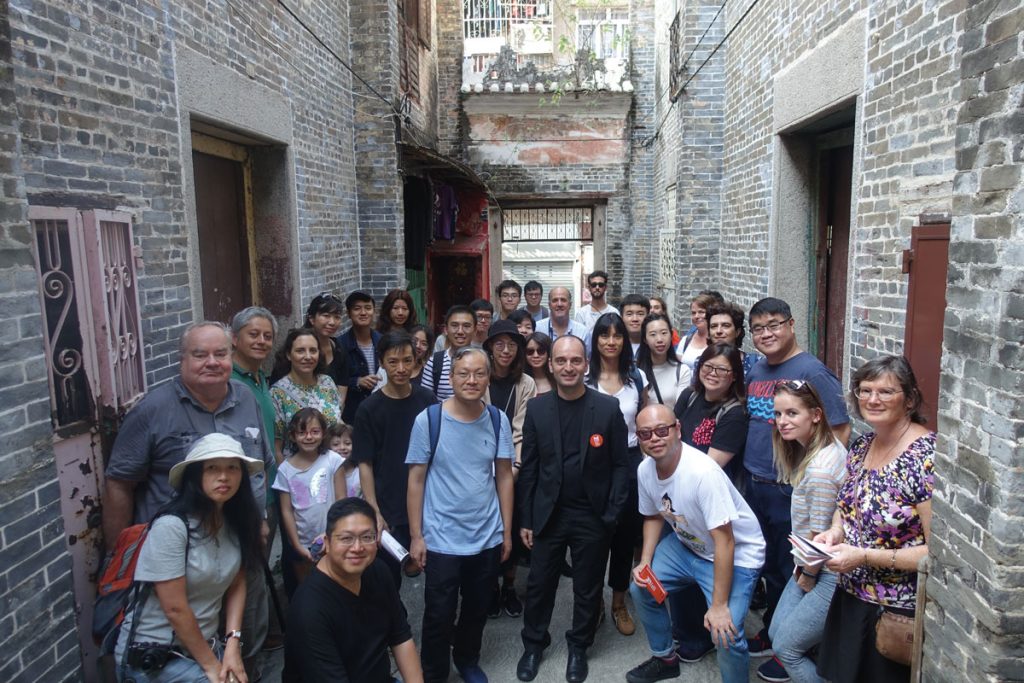
Perhaps the most successful example of CURB’s community engagement in action was a 2018 initiative dubbed “Open House” – the Asian debut of a worldwide architectural event. Other organisations in Hong Kong and Taiwan have since followed suit with their own versions of the concept. Macao’s two-day Open House event gave the public a rare opportunity to explore 50 private and government-owned buildings that are typically off-limits to visitors.
For Soares, Open House’s standout site was northern Macao’s D. Maria II Electrical Substation on Rua Padre Eugénio. The building was designed by his late friend, the celebrated architect Vicente Bravo Ferreira, and operated by Companhia de Electricidade de Macau (CEM) in the late 1980s. “It’s just like entering a time capsule, as the building’s characteristics have been immaculately preserved since its creation,” Soares says.
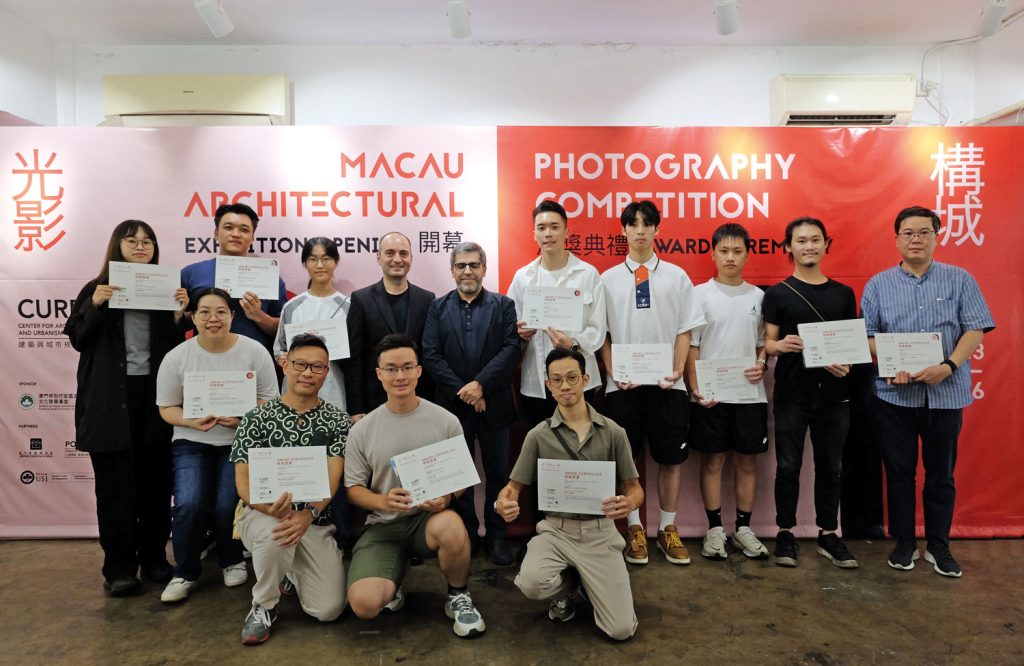
The Guia Lighthouse, part of the UNESCO-listed Guia Fortress complex and one of the most cherished symbols of Macao, was also part of the Open House initiative. Built in 1865 and offering spectacular views across the city, the lighthouse is only open to the public on a few days each year.
“Open House was one the most rewarding and impactful events we’ve organised because we were able to mobilise people, including over 120 volunteers and over 30 private estate owners,” Soares recalls. “It wouldn’t have been possible without the support of the community.”
Open House also showcased buildings that, although not officially listed as heritage sites, add colour to the rich tapestry of the city’s urban landscape. Their architectural styles ranged from Portuguese neoclassical to ultra-contemporary. Each building represents a moment of architectural excellence in Macao, says Soares. And they clearly resonated with the public: thousands of people showed up for the tour.
‘A celebration of urban culture’

Soares is a cycling enthusiast; it’s a hobby he picked up while studying in Italy, at the Polytechnic University of Milan. He’s always believed in Macao’s potential to be a bike-friendly city (given its predominantly flat landscape), so came up with the idea for an annual cycling event, On the Move. First held in 2018, it offers participants a leisurely cycle through the city – with an architectural twist.
On the Move events follow a predetermined route that allows for stopovers at notable buildings, giving riders the chance to explore Macao’s hidden architectural gems and learn their stories. The group is always joined by a video artist documenting the ride as it happens, capturing footage to incorporate into a video installation that eventually gets screened atop CURB’s rooftop.
“The initiative is a celebration of urban culture that manages to attract people with various interests, from biking to history, art and cinema,” Soares says. The next On the Move ride will likely take place before the end of the year.
The making of a place
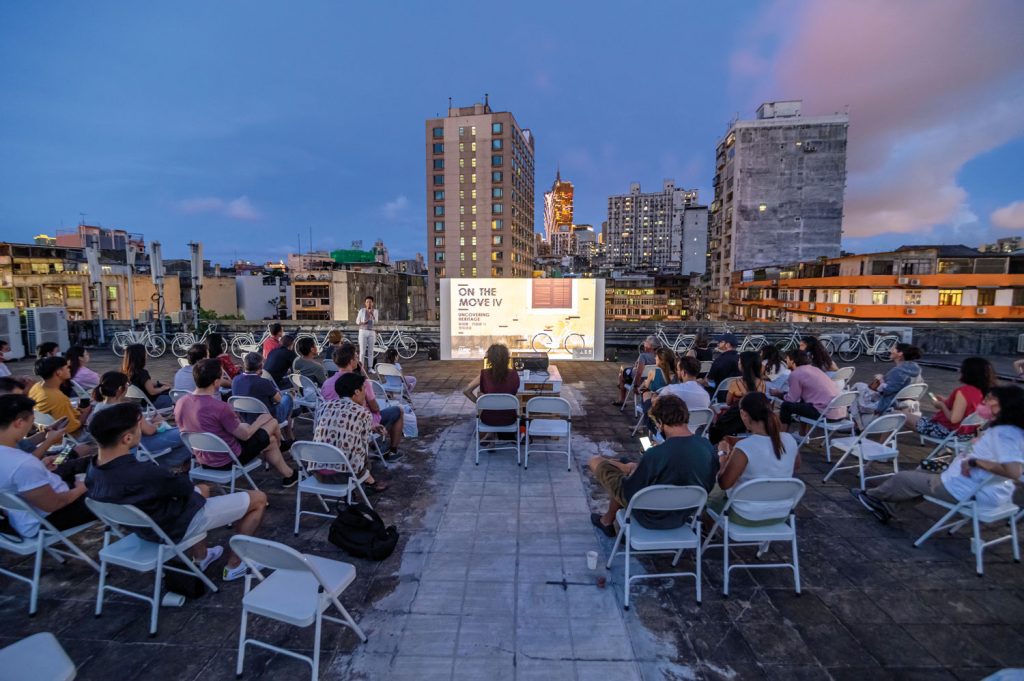
Another of Soares’ passion projects relates to placemaking. Last March, CURB borrowed an initiative from the Chinese University of Hong Kong (CUHK) School of Architecture that explores the concept of ‘place’ beyond architecture and urban planning. CUHK calls this Magic Carpet, and Macao’s take on it homed in on traditional craftsmanship. CURB produced a video documenting six artisans engaged in the likes of incense-making, bamboo scaffolding and Portuguese tile-painting. The centre’s aim was to shine a light on industries at risk of fading away, and to give residents a chance to learn the crafts themselves during workshops.
“We have to do our part to preserve these traditions,” says Soares. “We had wanted to include neon sign fabricators too, but unfortunately it was too late for that. There’s not a single neon signmaker left in Macao today.”
Looking ahead, CURB’s preparing Macao’s first edition of In-Situ, a placemaking biennale which will happen in 2025. This initiative is designed to draw people into unexpected public spaces that might be dilapidated or flying under the public’s radar for whatever reason. Each site will be decked out with installations by local and international artists.
“By taking part in different placemaking events in other places, namely Europe and Hong Kong, we’ve built up the knowledge to kick off our own,” Soares said. “The idea is that we get people to discover their city in different ways.”
